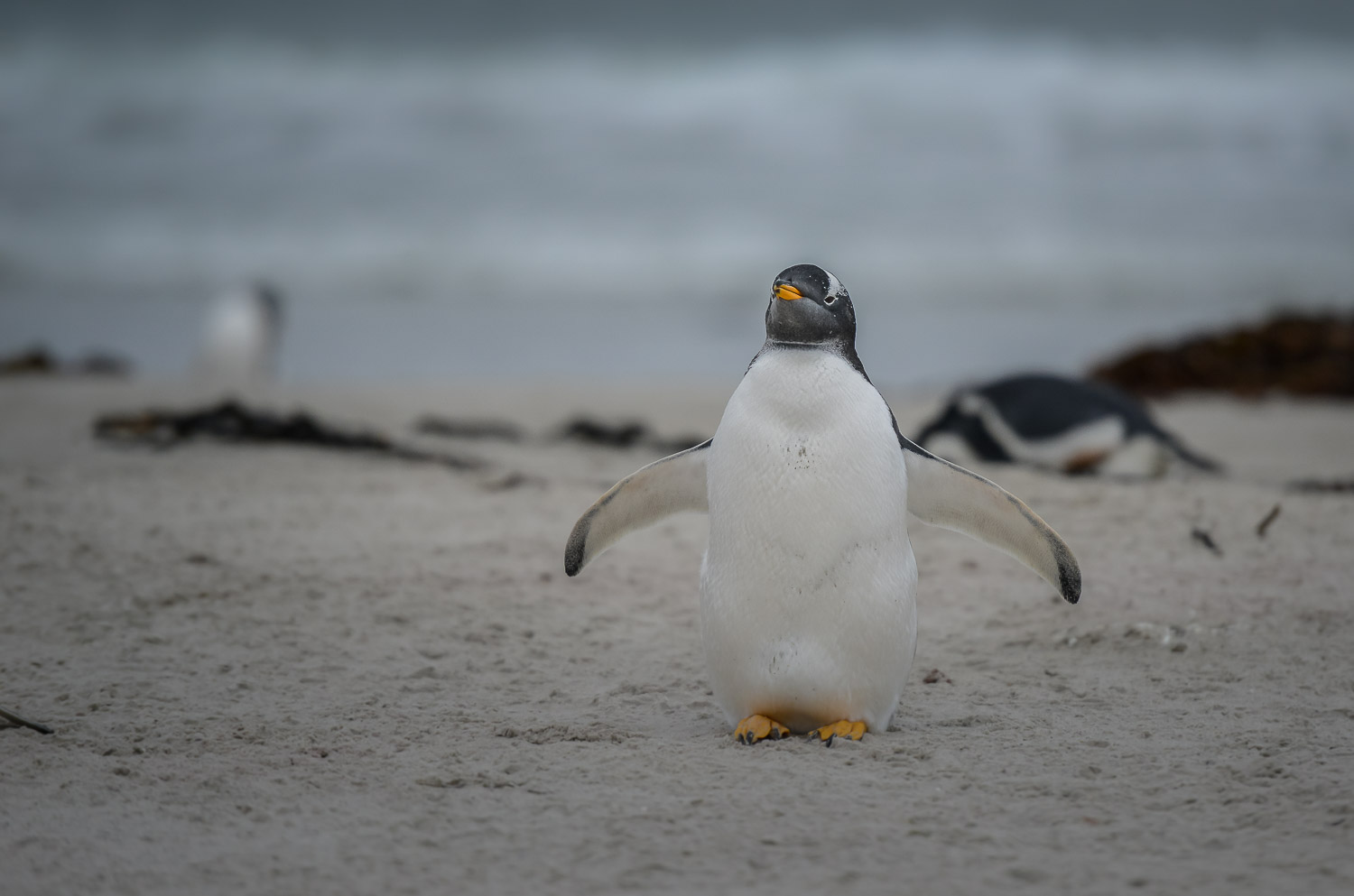The Night of the Hyenas – 2015
My friend Ted is normally a calm, placid man. Nothing really bothers him.
That was until 4.00a.m. in the pitch black of an African night, when he heard a rustling sound, looked at the shadow cast by the tiny light outside his tent flap and saw a hyena looking in on him.
For an hour the hyena stalked Ted’s tent. They are one of the most dangerous animals in Africa with jaws capable of crushing bone and known to attack humans.
It eventually ambled off after marking its territory all around Ted’s tent.
Thirty minutes later Ted came to breakfast looking as white as a sheet.
Just hours before the incident we were returning to camp in our Land Cruiser when four 150-pound hyenas literally brushed the side of our vehicle. I was actually petrified but the guide told us to remain calm as they don’t jump up or climb. They were so close, we could have leaned down and touched the formidable predators.

It was one of several close encounters with animals on the camping safari. We woke several mornings to find lion tracks in the sand inches from our tents. One morning we were having breakfast when a pack of strong wild dogs – the African equivalent of wolves – chased a roan antelope right through the camp at speeds of 35 miles an hour.
Another time we surprised a sleeping male lion. We came within 20 feet of him and for a split second we thought he was going to leap into the truck, but after a few terrifying seconds decided we weren’t a threat and settled back down to snooze. Twice elephants bluff charged us.
On this trip, we spent nine nights in three different camps in the Okavango Delta, living in canvas tents and sleeping on metal cots.
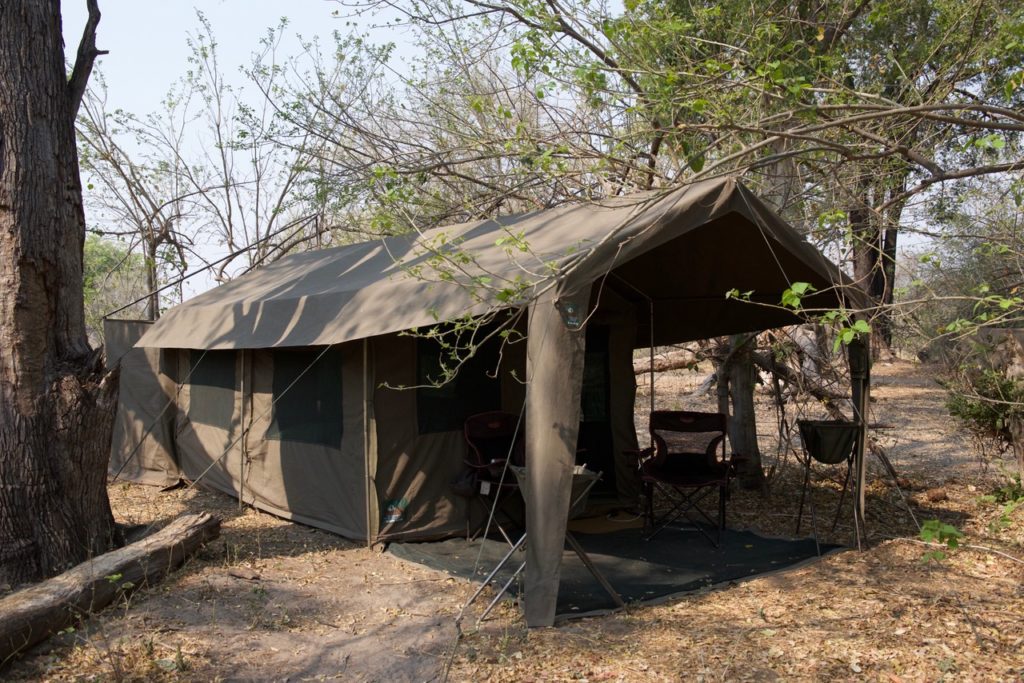
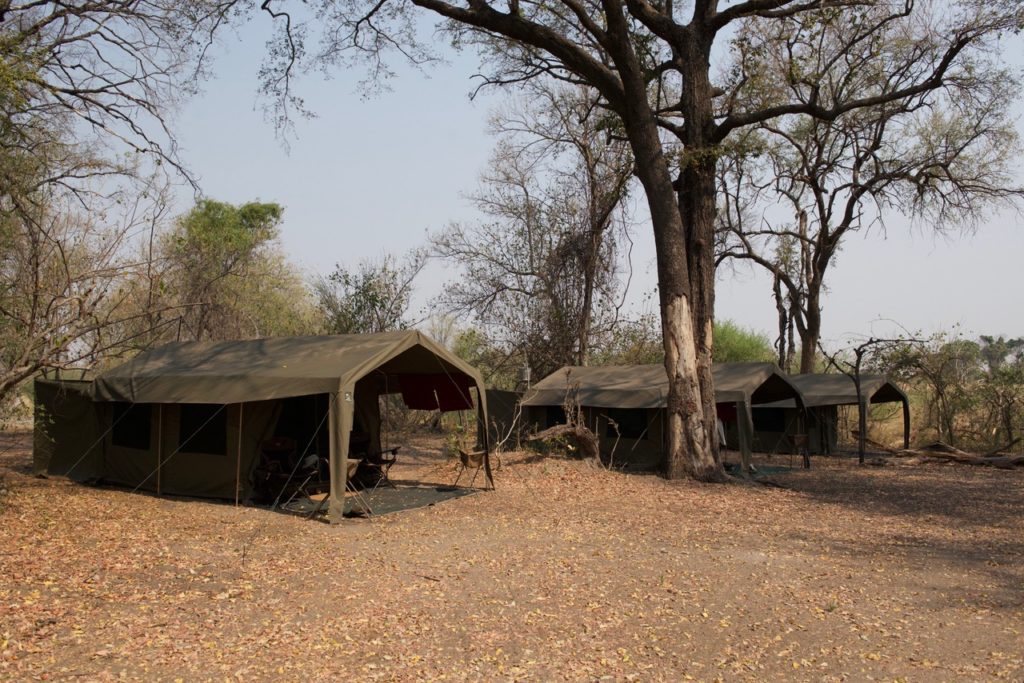
Camping outdoors gave us spectacular views of the totally clear night sky and made us feel as though we were at one with nature. Each tent, which was about 80 square feet, had a private bathroom entered through a zip flap at the back. There were proper toilets over holes dug in the ground, and showers twice a day using warm water from bladders hung from the bathroom supports and heated earlier on the camp fire.
Our team consisted of our main guide, Gee, who drove the Land Cruiser and three helpers including a chef who every day cooked up amazing dishes on open fires – including some of the best chocolate and lemon cakes I have ever tasted. Gee had magic eyes, spotting game we could never hope to find on our own.
There were nine of us on the nine-day safari – paying about $6,000 Canadian each. We travelled with a company called Letaka, recommended by adventure-minded friends back in Vancouver.
There were several reasons we opted to camp: it is cheaper that the more up-market “soft” safaris, you are effectively on safari 24 hours a day and there are no time-wasting flights between camps. And the raw excitement of being in a canvas tent surrounded by animals makes it a true adventure.
And as much as anything else, we had the advantage of being by ourselves virtually the entire time. In the Masai Mara National Park in Kenya or the Ngorongoro Crater in Tanzania, for example, someone spots a lion or a leopard and within minutes as many as 40 trucks full of camera toting tourists descend on the bewildered animal.
On our trip, we rarely saw another safari truck. The most vehicles we ever saw in one place was at a leopard sighting – and there were five of them over a two hour window.
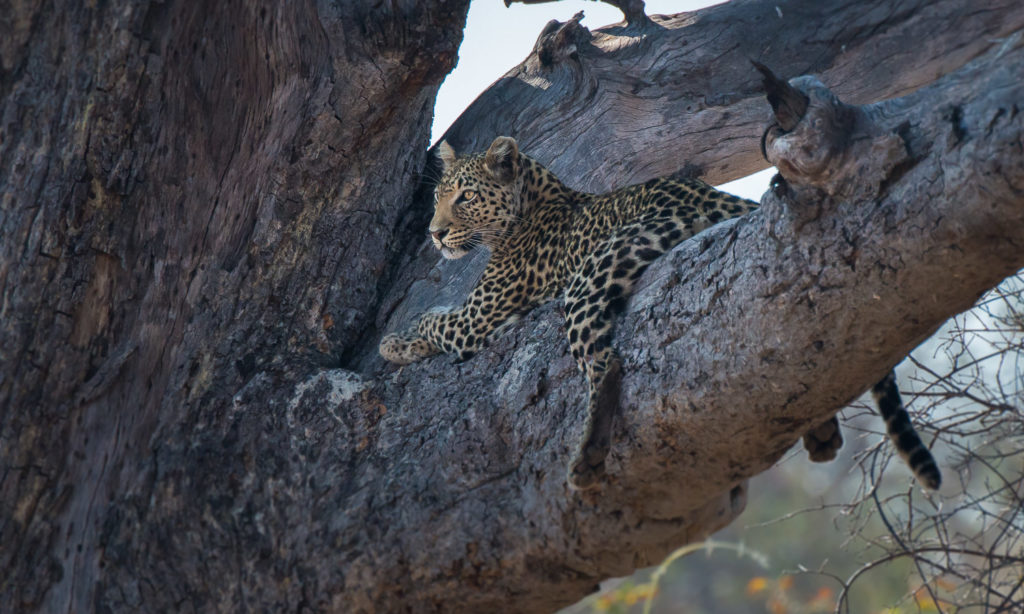
We have experienced the higher end luxury safaris – in Kenya and Tanzania. The accommodation is permanent, and described as “tented” – but it is usually on solid platforms raised from the ground with wooden or solid canvas walls and ceilings with fans and most mod-cons, including electricity. The staff are there all year round, and the food is more like that served in a high end hotel, and believe it or not some have spas and pools.
But nothing beats the smells, the taste, and the smoke of the open fire when you are camping in the great African outdoors.
Our safari through the Okavango Delta ended in Chobe National Park – our favourite park in Africa because of its beauty and the vast herds of elephants. Botswana is the only country in Africa that effectively cracks down on poachers. They shoot to kill and ask questions afterwards, which has led to a 99 per cent drop in ivory poaching and the expansion of giant elephant herds.
In Chobe, we actually stayed at a high end lodge – Muchenje – at the end of the safari. But at close to $1,000 a night it was twice the price of a night under a canvas tent. Though it was nice to have comfortable beds, flush toilets and air conditioning after camping in the heat!
And it gave us an opportunity to spend time on the Chobe River, watching elephants drinking and swimming, crocodiles sleeping and hippos playing by the water’s edge.
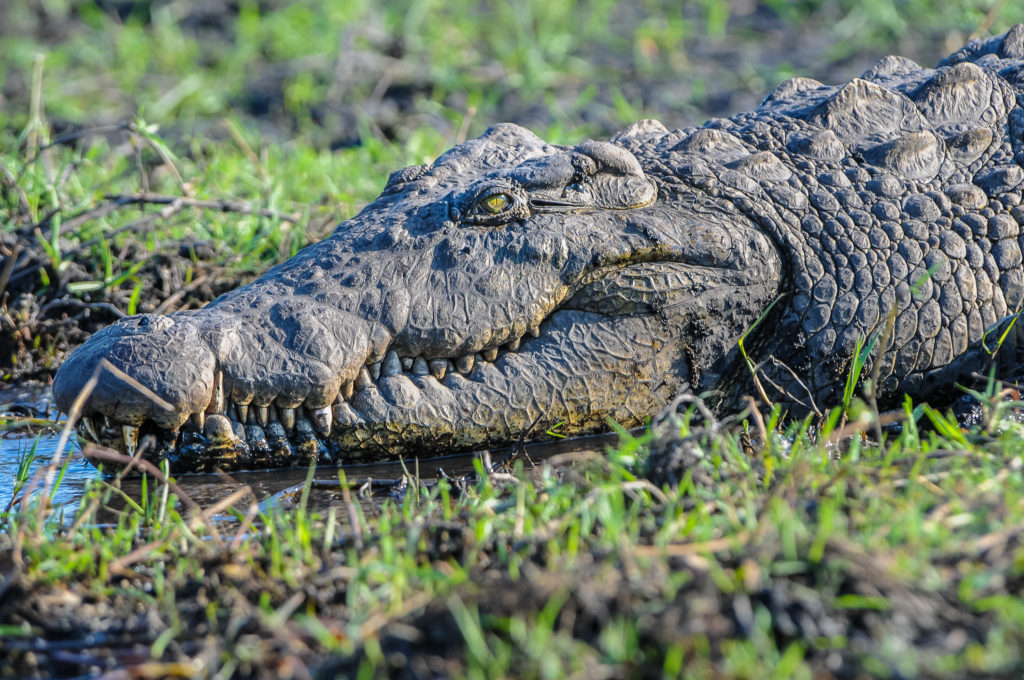
We also like Botswana because it feels safe…away from the always present threat of violence and terrorism in Nairobi or Dar Es Salaam. The people are generous, warm and quite lovely.
Chobe is also just an hour or so drive away from the borders of Zimbabwe and Zambia and close to the spectacular Victoria Falls. The journey across the border is tricky, with visas for Zimbabwe costing over $100 US each, just to see the falls. There was one other bonus in Zimbabwe – you can buy original and legal trillion dollar Zimbabwean bank notes for very little, such is impact of inflation in that poor country. So you can come home a trillionaire. The bank notes make great souvenirs and cool gifts and at the same time helping the people selling them.

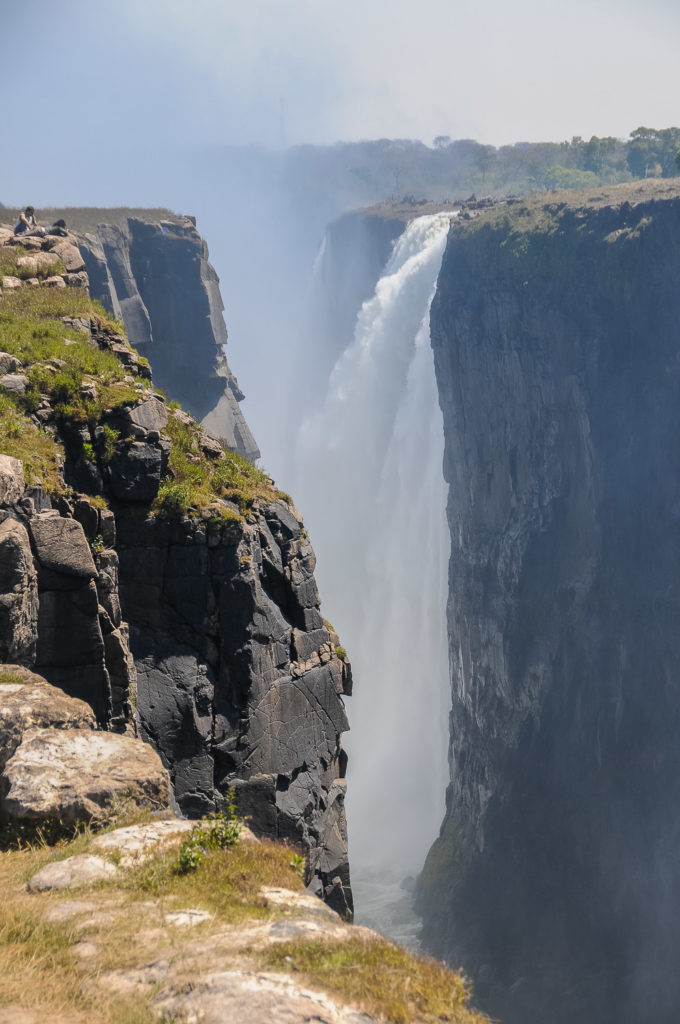
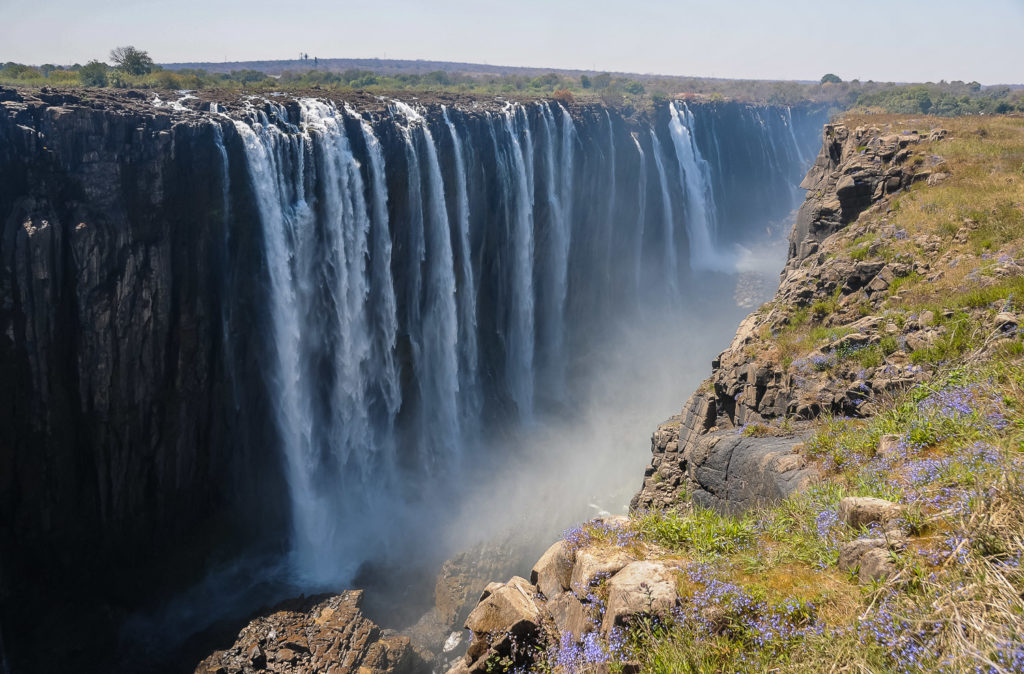
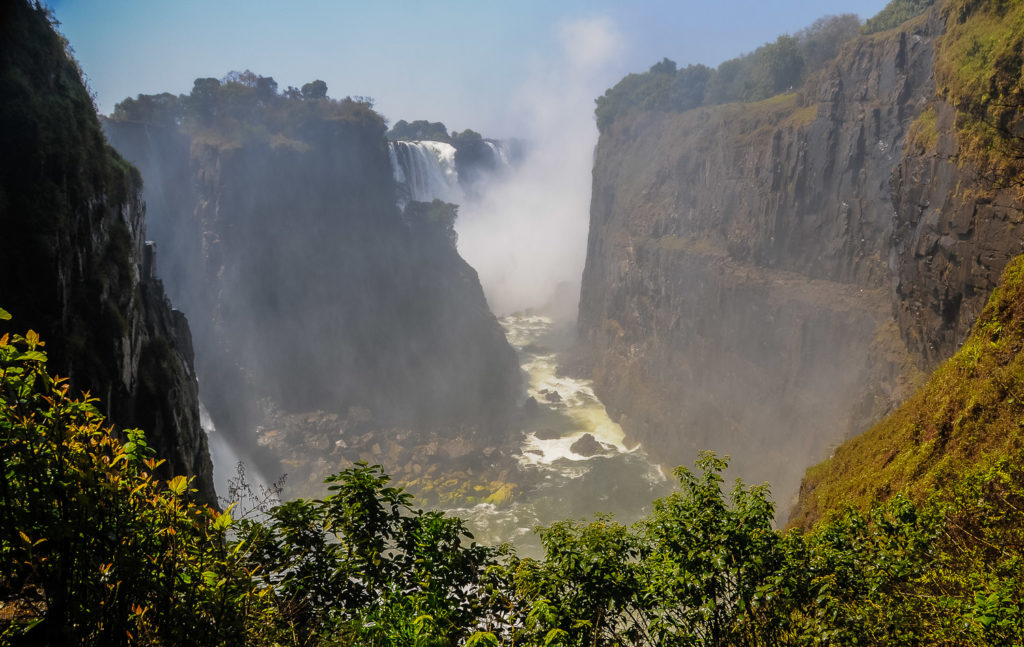
On this trip we also took in a week at two more luxurious camps just outside Kruger national Park in South Africa – nThambo and Idube. nThambo’s five rooms are built on stilts, and the surrounding park provided a perfect setting for all the Big Five animals (elephant, lion, rhino, buffalo and leopard). Rhinos are hard to find in Botswana.
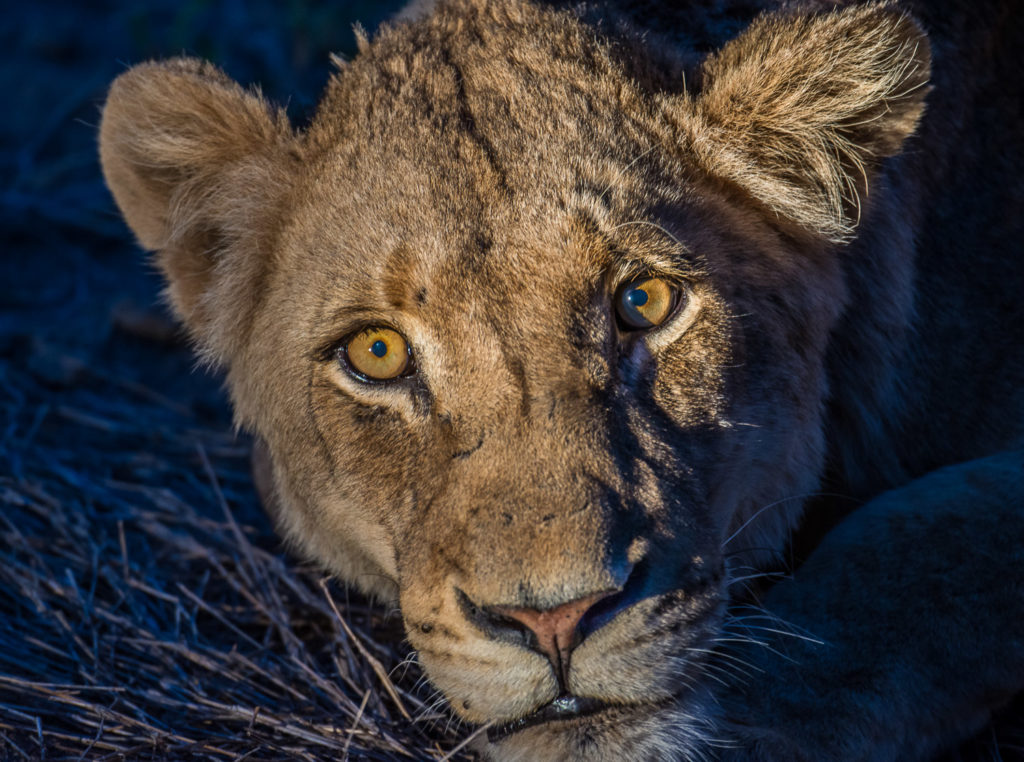


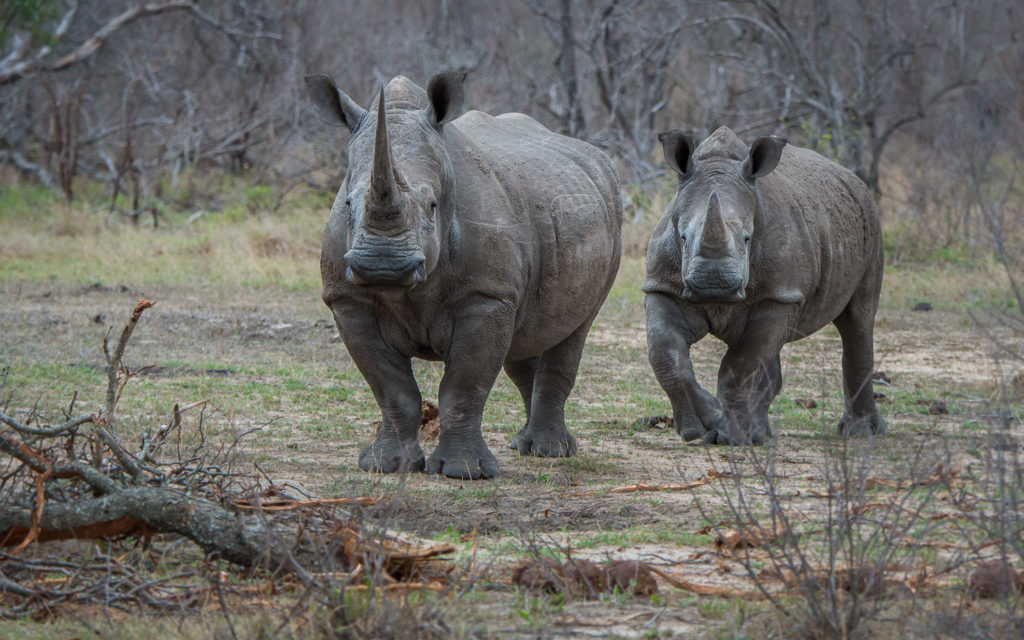
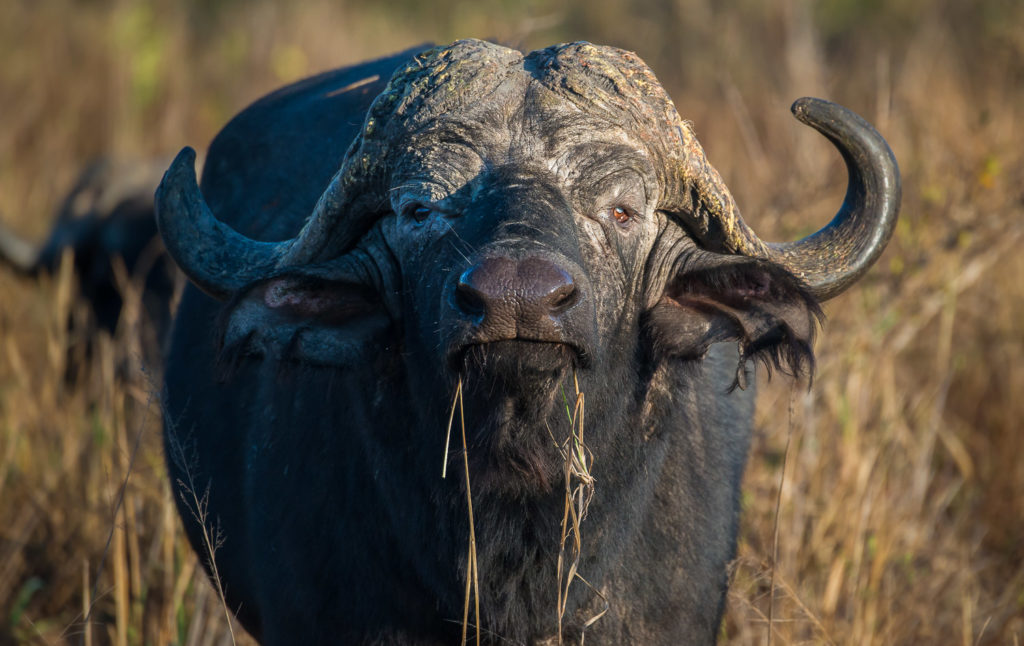
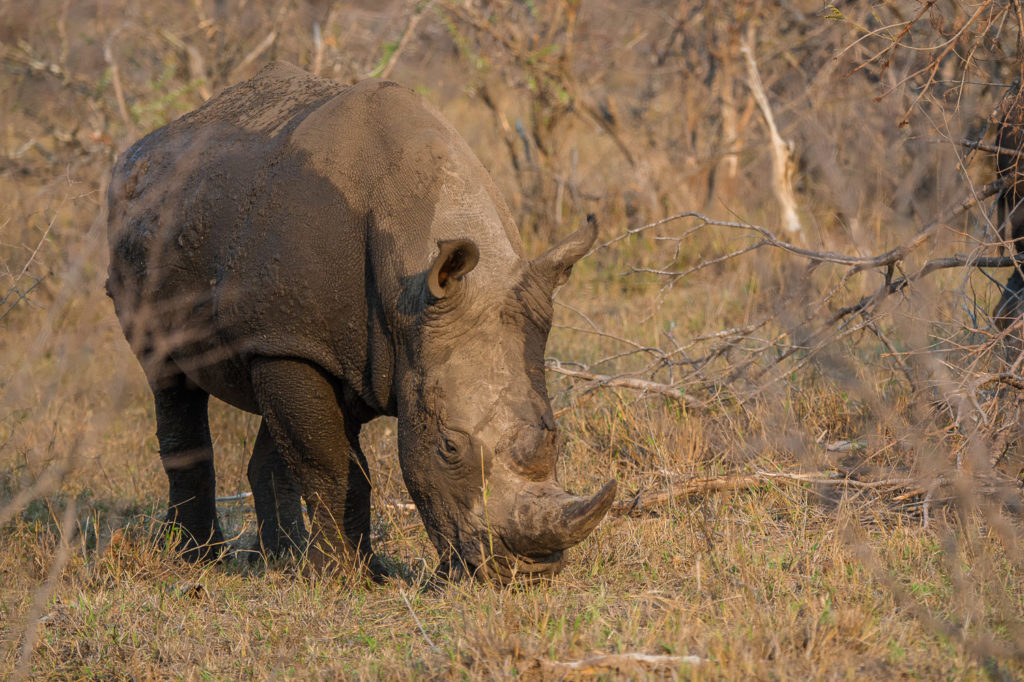
Our time in Idube was marvellous, largely because of a legendary guide nicknamed Rob the Ranger whose exploits are followed on YouTube the world over. He is part cowboy and part wildlife expert – driving through thickets and across swamps in pursuit of animals for his truck full of camera-waving tourists.
Tanzania, which we visited on an earlier trip, was an altogether different experience. There were four of us sharing one guide, John, a giant of a man who drove us through the Tarangire National Park and the Serengeti and made sure we had unique sightings, including the great migration – the time of year when a million wildebeest and zebras make their way through treacherous conditions to better grazing. It is called the greatest show on earth.

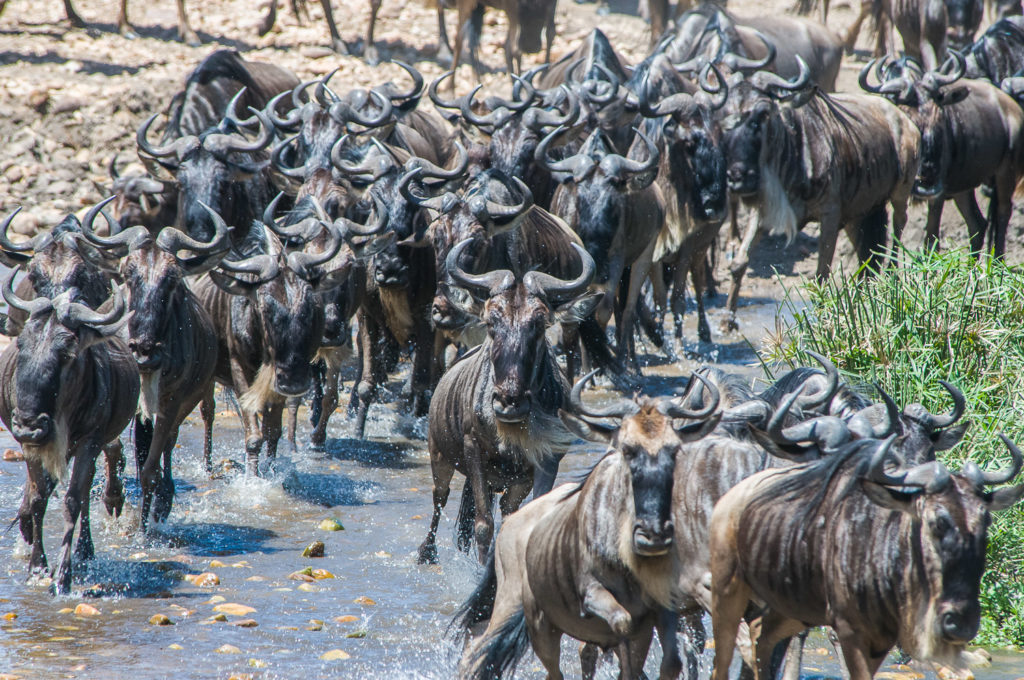
John’s eyesight was unbelievable. He could spot animals well before we could see them – on one occasion there was a whiff of dust five miles away and he calmly said: “That’s a cheetah”. We drove fast across the plains and and he was right. A cheetah mother and her two cubs found dining on an antelope they had just killed. They didn’t seem concerned about our presence as we watched mesmerized for an hour or so, without another soul in sight, and as a result, we got some superb photographs.
He was a formidable driver. On one occasion leaving the Ngorongoro Crater the one road out was swamped in a sea of mud from a heavy storm. But John slowly used steel wires he carried to winch us upon the steep road inch by inch. Otherwise we could have been stuck for days.
And on another occasion he had to drive down a precarious, rocky bank, to cross a river. He actually gave one of our group his gun and told him to stand on guard as we crossed. His infamous line was: “We’re beyond government assistance here.” We made it. Just.
We ended that trip in an area of Tanzania south of Dar Es Salaam called the Selous. An area that is being heavily poached and therefore devastated.
However, we’ll always remember Selous after we spent an hour watching a pride of a dozen lions languishing on a beach, and because it was the first time we saw the colourfully patterned African wild dogs.
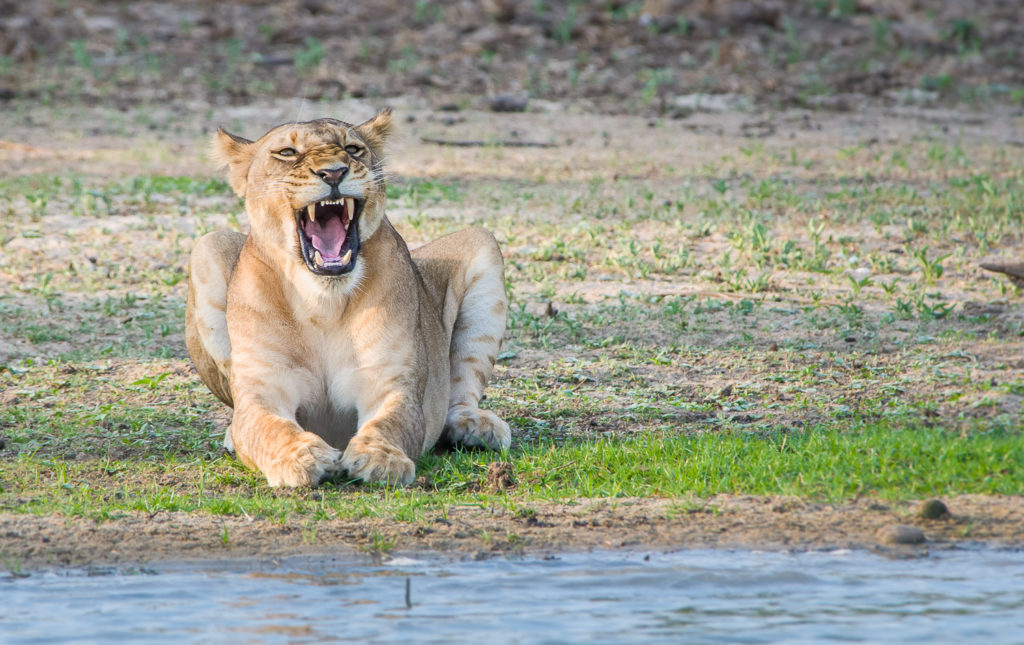

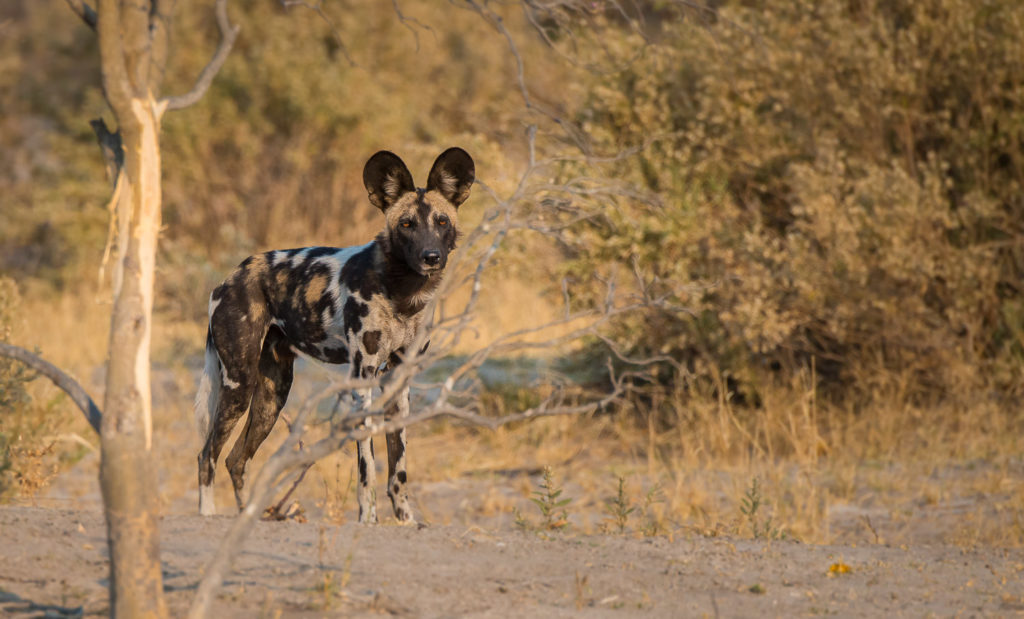
We’ll always remember Tanzania, too, for an immigration scam. As we were leaving the country immigration officials asked how I arrived. I said that along with everyone else in our group we had entered through Kilimanjaro.
“Well, where’s your entrance stamp”, he asked. I looked and couldn’t find one. Turns out they had taken my $50 visa fee as we arrived, but pocketed it and not stamped my passport – which I hadn’t checked. After some explaining they waived me through – and said it was, sadly, part of an ongoing scam.
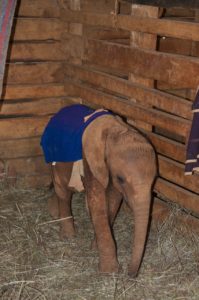
And to complete the circle of that trip let me go back to our arrival in Nairobi, enroute to Tanzania, where we spent an afternoon at the David Sheldrick Wildlife Trust, the most successful orphan-elephant rescue and rehab program in East Africa and indeed the world. It was a special moment for us, as several months before our visit, Carol-Ann had ‘adopted’ Kithaka, an orphaned elephant being rehabilitated at the Trust. Kithaka was there when we arrived, relatively small, weak and sickly when we saw him. His keeper covered him with a blanket and slept with him in his stall at night during the long road to recovery.
But now were are happy to report that Kithaka is strong – and very cheeky – having graduated from the nursery, to a rehab unit in Tsavo where he continues to grow and thrive and where one day he will be released, back into the wild.
DSWT is an extraordinary organization, rehabilitating orphaned elephants, supporting anti poaching units, a mobile veterinary unit, conservation and a successful community outreach program.
But they are working against a terrible tide of wildlife poaching in Africa.
Responsible tourism is one of the many ways to help alter that tide. Choose a safari company that supports local communities and minimizes the environmental impact. And of course, at home, speak out against the trade in wildlife parts and never buy Ivory.


